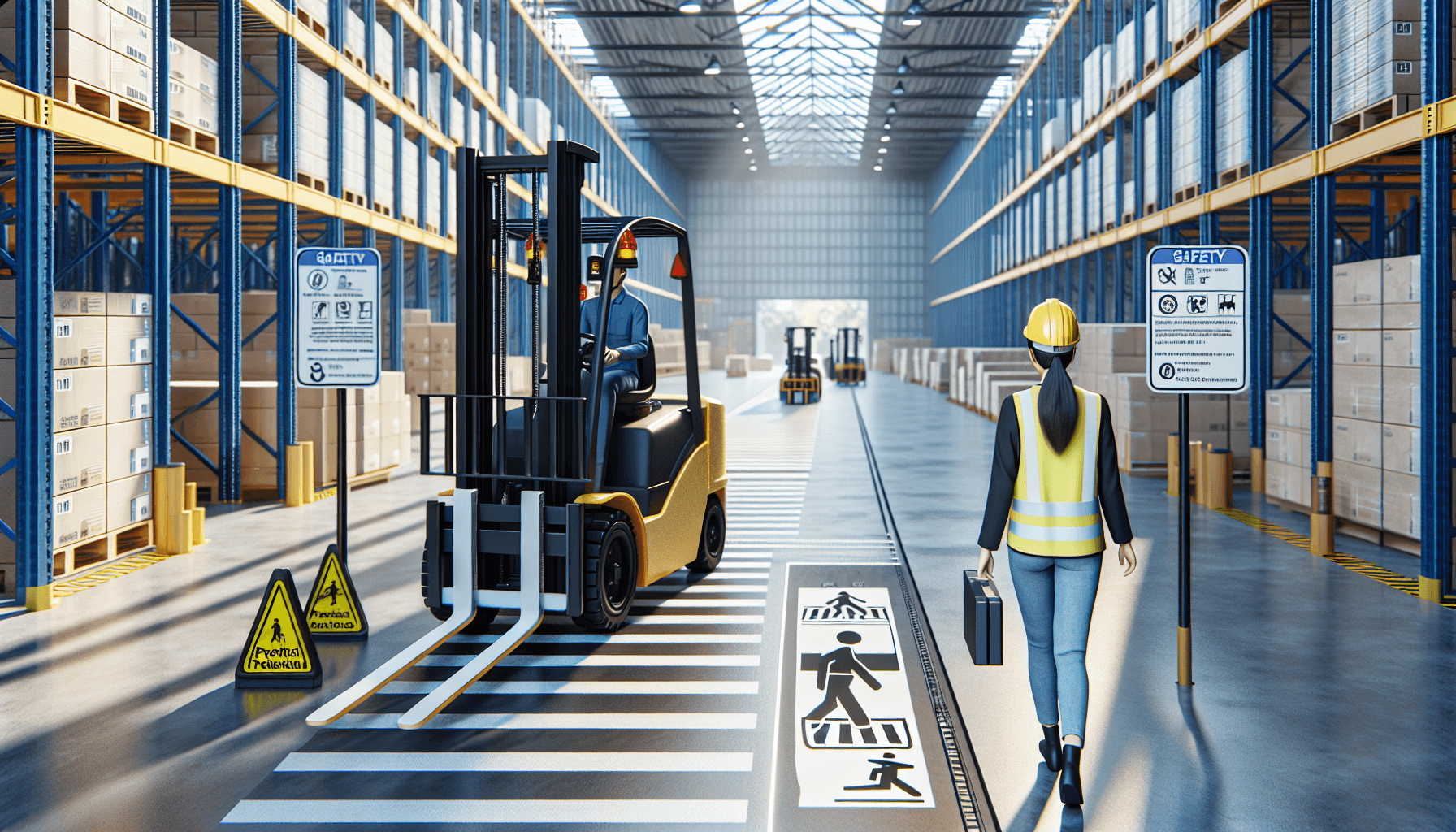Warehouse operations can be a complex and bustling environment, with numerous moving parts and potential hazards. One of the key aspects of ensuring a safe and secure warehouse is protecting pedestrians from potential accidents involving forklifts and other equipment. To achieve this, many warehouses are now turning to safety culture assessments and implementing advanced technologies such as forklift pedestrian detection systems to enhance safety measures and prevent accidents.
The Importance of Safety Culture Assessments
A safety culture assessment is a comprehensive evaluation of the overall safety culture within a warehouse, focusing on identifying potential risks, evaluating existing safety measures, and implementing improvement strategies. By conducting regular safety culture assessments, warehouse managers can gain a deep understanding of the existing safety practices and develop effective strategies to enhance safety measures.
One of the primary goals of safety culture assessments is to create a safe and secure work environment for warehouse pedestrians. A strong safety culture ensures that safety is prioritized by all employees and becomes an integral part of the daily operations. It fosters an atmosphere where everyone is responsible for their own safety and the safety of others.
During a safety culture assessment, various factors are evaluated, including but not limited to:
- Employee training and awareness programs
- Compliance with safety regulations
- Communication channels for reporting and addressing safety concerns
- Identification and mitigation of potential hazards
- Implementation of safety policies and procedures
Through these assessments, warehouses can identify areas that require improvement and implement specific strategies to address them, ensuring ongoing safety enhancement.
The Role of Forklift Pedestrian Detection Systems
While safety culture assessments are crucial for developing a robust safety culture, advanced technologies like forklift pedestrian detection systems act as an additional layer of protection. These innovative systems use a combination of sensors, cameras, and algorithms to detect the presence of pedestrians in the vicinity of forklifts and alert the operators to potential collisions.
Using state-of-the-art technology, these detection systems can identify pedestrians even in poor visibility conditions, such as blind spots, low-light areas, or noisy environments. They work by continuously monitoring the surroundings of the forklift and providing real-time warnings to operators through visual and auditory alerts.
By implementing forklift pedestrian detection systems, warehouses can significantly reduce the risk of accidents involving pedestrians and forklifts. These systems enhance the overall safety of the warehouse by:
- Preventing collisions between forklifts and pedestrians
- Reducing the occurrence of near misses
- Increasing pedestrian awareness and safety consciousness
- Improving the overall efficiency and productivity of warehouse operations
Furthermore, these systems can be integrated with warehouse management systems (WMS) and other technologies to enhance overall safety and optimize warehouse operations. They also offer detailed insights into near misses and potential risks, allowing warehouse managers to identify patterns and take proactive measures to prevent accidents.
Conclusion
In today’s fast-paced warehouse environment, safety culture assessments and advanced technologies such as forklift pedestrian detection systems play a pivotal role in ensuring the safety and well-being of warehouse pedestrians. By conducting regular safety culture assessments, warehouses can improve safety practices and create a strong safety culture among their employees. Similarly, the implementation of forklift pedestrian detection systems adds an additional layer of protection, preventing accidents and enhancing overall warehouse safety.
By prioritizing safety and investing in cutting-edge technologies, warehouses can create a secure and productive work environment, benefitting both the employees and the overall bottom line of the business.

